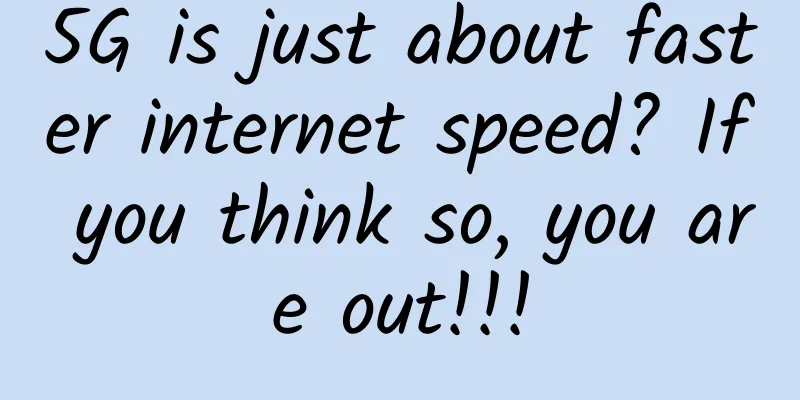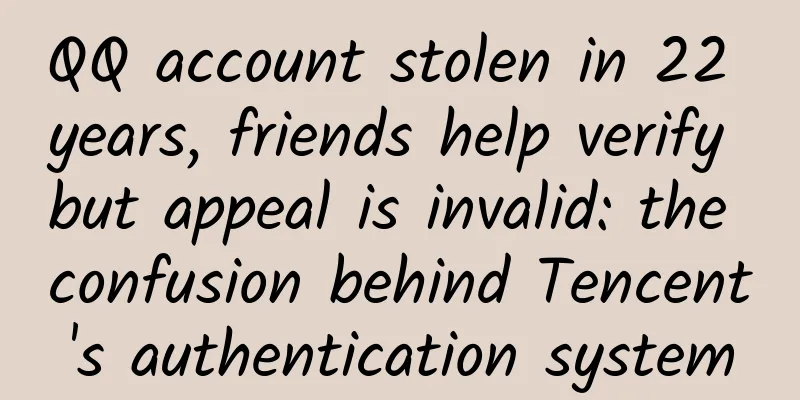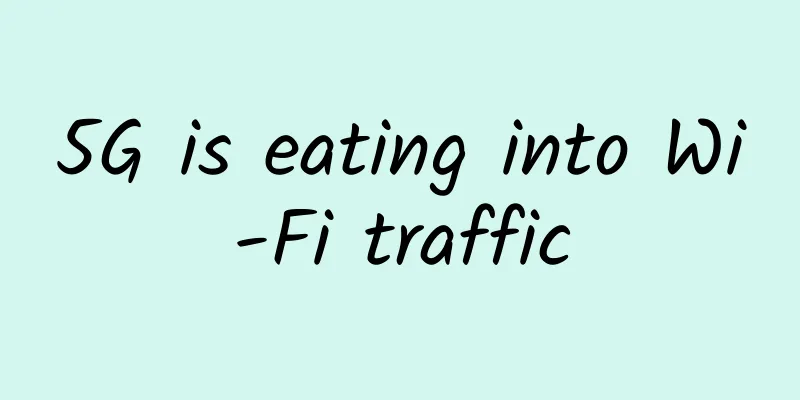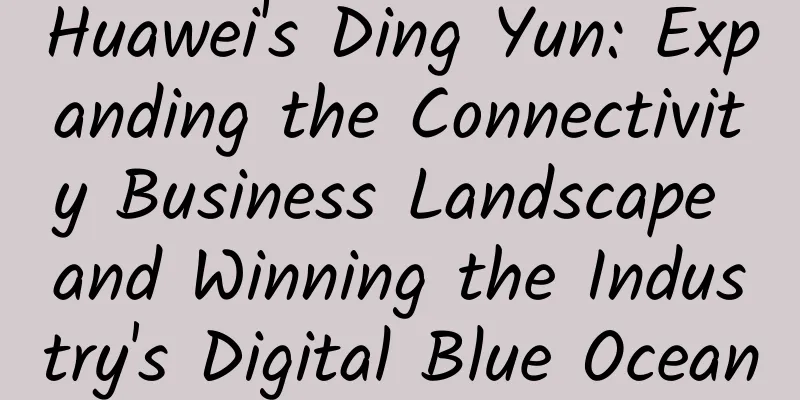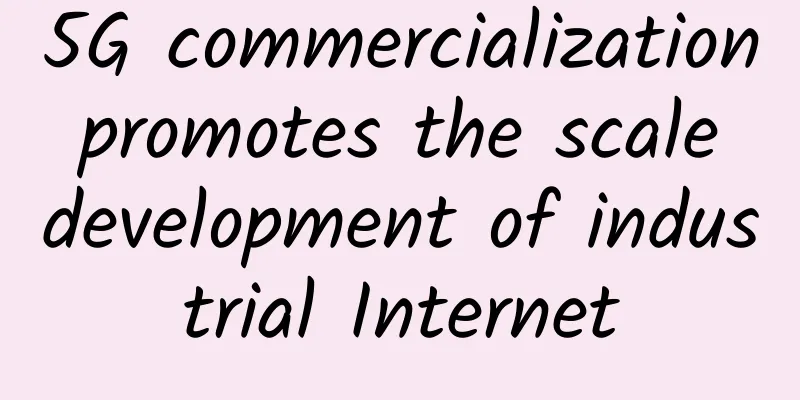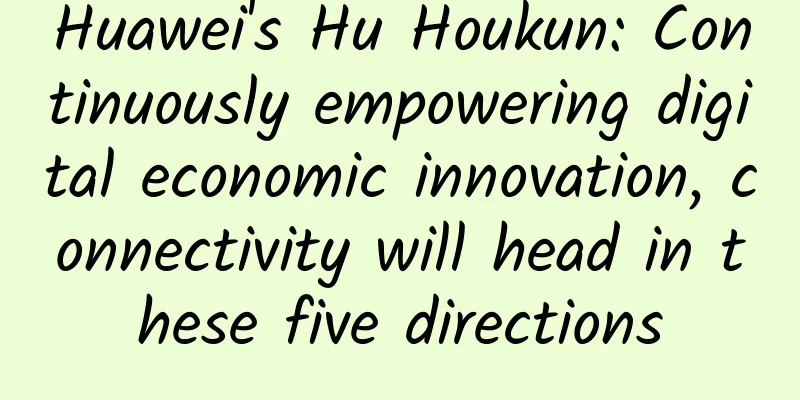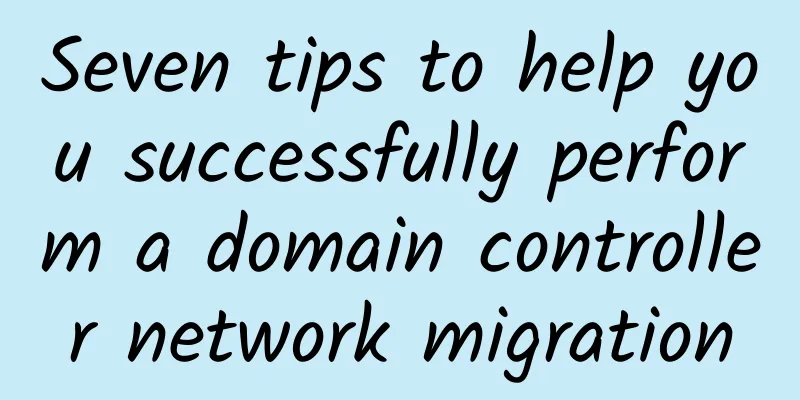Is your online office software a helper or a killer?

|
Zoom, the leading video conferencing company, withdrew from the Chinese market after encountering security issues. Facebook entered the market from its strong social field and quickly launched a group video function, joining the battle for users. Slack, a well-known player in the field of online office collaboration, encountered its strongest rival, Microsoft Teams. DingTalk, Enterprise WeChat and other outstanding representatives born out of the domestic overtime culture are also trying to go overseas and create a bright future. In this melee, if you pay attention, you will discover a cruel fact. If developing office software is like building a residential building, then the core of competition abroad is to create a comfortable ecosystem for users. For example, Slack integrates a large number of third-party applications, and Teams is rooted in Microsoft's powerful office software system, both of which strive to make users more comfortable. In contrast, in China, the competition among manufacturers is independent and each fights for itself. Once the door is locked, no one cares about it. Ecosystem? It doesn't exist. The difference in the focus of competition results in two different situations for users. 1. Focus: The platform ecology is becoming more and more complete, and one software can meet different needs; 2. Mix and match: use one for video conferencing, one for work communication, and another for file transfer. If the file is too large, one may not be enough. in the country, I believe many companies are the latter. Hybrid online office work can be said to be flexible, but it can also be said to be energy-consuming. In life, you can shop online on JD.com, Taobao, and Pinduoduo; you can travel on Fliggy, Ctrip, and Qunar; you can chat with QQ, WeChat, and Alipay. It all depends on your mood as long as you achieve your goal. But it is different at work. Work is like an assembly line. From the beginning to the end, someone is needed to cooperate in the middle and the progress needs to be followed throughout the whole process. From another perspective, this is an information line. The information must be complete and available at any time. Precisely because of this feature, email has always been the most widely used collaboration tool. Forwarding and copying are both intended to maintain the integrity of information transmission. The mixed online office style is to split the information and store it in different office software. When it comes to statistics, reporting and other aspects, you have to go back and look through the scattered information again, which is laborious and a mess. The 996 work schedule for some people may have come about in this way, which then led to the 996 work schedule for another group of people. It can be said that “996 first led to 996 later.” In fact, to put it bluntly, the mission of office collaboration software is just one: to serve productivity. To put it more bluntly, it is to assist everyone in the company to work together quickly and well, no matter when and where. However, frequently switching between different office software obviously cannot achieve both fast and good results. In addition, there is another very important point. The target of office software service is neither a single management level nor a single employee level, but everyone in the company. However, after using many software, there will be a very obvious feeling: the boss's thinking is serious. Take a simple example, the message read function. I sent a message, but the other party didn't reply. I was chatting with the other party, but the other party didn't reply. What should I do? Just wait. If there is no reply within five minutes, I guess the other party may have gone to the restroom; if there is no reply within fifty minutes, I guess the other party may have been dragged to a meeting; if there is no reply within five hours, I guess the other party is engaging in a battle of wits and courage with Party A; if there is no reply within five days, I guess the other party has resigned. If you accidentally travel into this story and become the "other party" in it, imagine how your boss and colleagues feel. Reading a message but not replying is like the tiger bench in the modern workplace. There are countless examples like this, such as positioning, clocking in, private chats, etc., which make people want to greet the product manager. Office software has become an efficiency killer. Looking back at the competition between Slack and Microsoft Teams, many people subjectively believe that Microsoft Teams was able to quickly capture the market by copying Slack and bundling Office 365. Some people even cited the example of the browser war to support this view. According to the data, Microsoft Teams has been launched in more than 180 countries, which is a unique number in the world. Among the Fortune 500 companies, about 95% are using Teams, and among the top 100 companies, this proportion is also over 90%. Putting the business model aside for the moment, in my opinion, the core driving force behind this data is the new concept of collaborative office that has emerged in response to changes: simplifying complexity. In life, many people have said similar things: Busy? Who isn’t busy these days? That's right, all walks of life are very busy. Under tremendous pressure, everyone feels that time is not enough. There are only 24 hours in a day. With long working hours, the time for study, leisure and sleep will naturally be compressed. Nowadays, there are only a handful of jobs that can be completed independently. Teamwork is the mainstream. If you want to improve efficiency, it is useless for one person to work hard. You have to start from the whole. Meetings are a very common collaborative office scenario. Originally intended to communicate the key points and difficulties of work, they have turned into presentations. Not only are they long, but with few people there is also the worry of a dull atmosphere. Anyone who is even remotely related will be dragged to the meeting. As a result, work is handled while in the meeting. Not only do they not hear all the meeting content, but they also write documents in a clumsy way. In fact, meetings with 5-8 people are the most efficient. Once the number of people exceeds this, the effectiveness of the meeting will decline. Based on this theory, Microsoft Teams has made corresponding behavior-driven functions. For example, in meeting behavior detection, the software will count your behavior during the meeting. If you frequently reply to conversations and handle emails in the meeting, the software will generate data in the background and kindly remind you that such meetings may not be highly relevant to you and you can avoid attending them in the future depending on the situation. It is worth mentioning that the behavioral data generated by the software is only to help you review, so only you can see the data, and no one else can see it. You don’t have to worry about your boss monitoring you, because your boss is also very busy and he also needs to review his work behavior based on this. Sometimes, you may encounter such a situation: when a colleague sends you a meeting invitation email and arranges for you to meet next Friday, relevant documents of the meeting are usually attached, but you may forget to read them when you are busy, and you have to recall them temporarily after the meeting starts. What Microsoft Teams does is: when the meeting time is approaching, Teams' AI assistant will remind you of the meeting and automatically display the attachments of the invitation email, asking if you want to view the attachments as they may be related to the meeting. This way, you can avoid missing important information and save yourself the trouble of searching through the ocean of emails. During the meeting, if recording is needed, Teams will prompt that recording is in progress in a conspicuous place to avoid private recording; when projecting the screen, you can circle the projection area on the computer, and the content outside the area will not be displayed on the big screen, so there will be no embarrassment of private information being viewed by onlookers. During working hours, if you have work that needs to be handled attentively and do not want to be disturbed by irrelevant matters, you can check the corresponding time in the schedule, so this time period will be occupied. During this period, if a colleague wants to meet with you to discuss a need, if he sees that you are not free during this time period, he will choose another time, saving the trouble of communication. Other modules in Teams also follow the same principle, starting with behavioral analysis, using details to help you understand your work behavior and reduce unnecessary time consumption. In addition, the caring smart assistant in Teams is also a productivity booster. For example, if there are too many detailed tasks, many people will create a to-do list. When you are dealing with important and urgent tasks, the rest of the tasks will be put on the back burner. It is inevitable that you will forget about them. For example, you reply in an email that you will complete a statistics before next Wednesday, then click send and go on to do other things. In a blink of an eye, it is next Monday. At this time, what is more terrible than submitting the statistical table on Wednesday is that you have completely forgotten about this work. At this time, the artificial intelligence assistant in Teams will automatically retrieve emails and actively remind you: Last week you said that you would complete the statistical work on Wednesday this week. Have you completed it? This reminder is just for you. No one will see it except you. It is your own little assistant and is much more reliable than the work list you remind yourself. From the two simple scenarios above, we can see that data insights are an important manifestation of Teams' office philosophy. Using data to improve behavior, reduce useless work behaviors, and improve efficiency is truly helping your work, rather than trying to arrange you. To assist rather than control, this is the misunderstanding in the domestic office software market. Living in an era of extended retirement, for every working person, what we need is a helper, not a killer who is always watching me. |
<<: They are all chips, so why can’t computer CPUs be used in mobile phones?
>>: iPhone 12 will be released next week, but 5G in the US won't work at all
Recommend
Gossip about the upcoming 5G era: the three-player pattern
5G is coming soon, and now is the eve of it. Let&...
CUBECLOUD VPS Hosting 12% off, Hong Kong CN2 GIA/Los Angeles CN2 GIA/AS4837 optional
CUBECLOUD has launched a promotional activity cal...
A complete guide to the development of TCP/IP
[[415786]] In the late 1950s, during the Cold War...
Juniper Networks' Shaowen Ma: The best SDN controller for cloud computing
[51CTO.com original article] The interview with M...
Users say “I would never use 5G if I can use 4G”. Why is 5G so unpopular now?
Speaking of 5G, it is estimated that everyone kno...
Cloud computing and the Internet of Things complement each other, but what are the differences between them?
Cloud computing and the Internet of Things are tw...
How to restore blood flow to your brain after a long holiday?
[Original article from 51CTO.com] Hello, my frien...
Singapore to shut down 3G and reallocate spectrum for 5G
Singapore will shut down its 3G network in July n...
Edgevirt: $9/half year-1GB/25GB/5TB/10Gbps bandwidth/Seattle data center
Edgevirt is a foreign hosting company established...
H3C: Using Converged Network Technology to Support Digital Transformation of All-Scenario Services in Smart Hospitals
Hospitals are the core of protecting the health a...
Cache + HASH = high concurrency? You think the high concurrency architecture is too simple!
[51CTO.com original article] In the Internet era,...
The briefing session for the Kunpeng Application Innovation Competition 2020 (Tianjin Division) was successfully held!
On July 29, 2020, the Kunpeng Application Innovat...
That's it? This is the SD-WAN you always mentioned to me?
What is SD-WAN? SD-WAN is a software-defined appr...
Year-end review: Communications industry in 2021
Hello everyone, I am Xiaozaojun. The short vacati...
Analysis on the application of narrowband Internet of Things (NB-IoT) in traffic infrastructure safety monitoring
Safety monitoring of transportation infrastructur...
